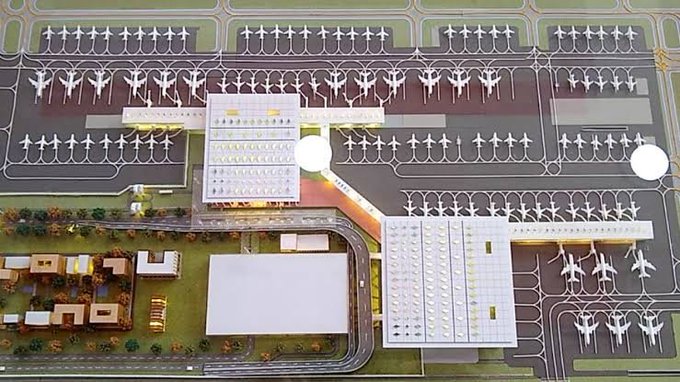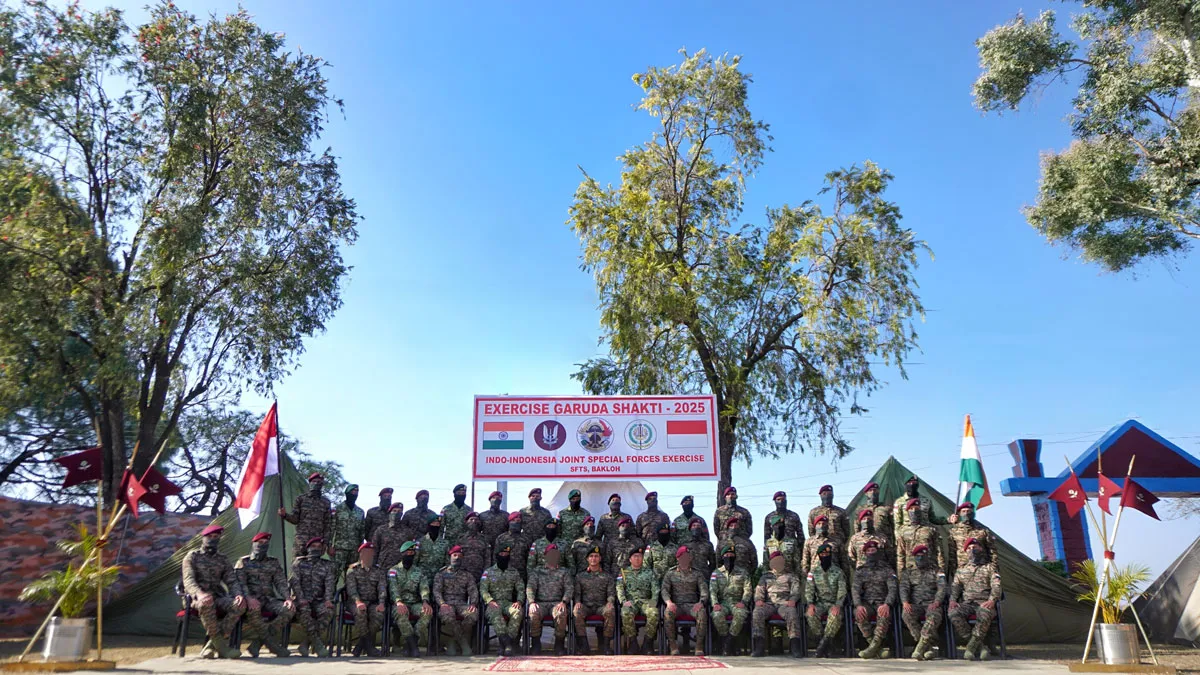
Relocation of 3,800 families likely for Noida International Airport

India–Indonesia Begin Joint Special Forces Drill in Himachal
The tenth edition of the India–Indonesia Joint Special Forces Exercise GARUDA SHAKTI has recently commenced at the Special Forces Training School in Bakloh, Himachal Pradesh. Scheduled from 3 to 12 December 2025, the exercise brings together elite Special Forces personnel from both nations for an intensive training engagement. India is represented by troops from the Parachute Regiment (Special Forces), while Indonesia has deployed members of its Special Forces contingent. The joint exercise is designed to enhance mutual understanding, operational cooperation and interoperability between the..

Air Marshal Umesh Reviews Operations at Tughlakabad Depot
Air Marshal Yalla Umesh, Air Officer Commanding-in-Chief of Maintenance Command, visited the Base Repair Depot at Tughlakabad on 4 December 2025. He was accompanied by Mrs Sreevalli, President of the Air Force Families Welfare Association (Regional). They were welcomed by Air Commodore DN Sahu, Air Officer Commanding, Air Force Station Tughlakabad, along with Mrs Preeti Sahu, President AFFWA (Local).Upon arrival, the Air Marshal was accorded a Guard of Honour. He then received a detailed briefing on the Depot’s operations, ongoing initiatives, recent achievements and key innovations. During ..

Vizag Opens 55-Metre Glass Skywalk at Kailasagiri
A 55-metre glass skywalk at Kailasagiri in Visakhapatnam was recently opened to the public, marking a new addition to the city’s tourism attractions. The structure was inaugurated by Visakhapatnam MP M. Sribharat in the presence of VMRDA Chairperson M.V. Pranav Gopal and MLA Velagapudi Ramakrishna. Developed by VMRDA for Rs 7 crore, the cantilevered walkway is built with 40 mm toughened German glass and offers visitors an elevated experience overlooking the Bay of Bengal and the Eastern Ghats. The bridge stands 1,020 feet above sea level and is designed to withstand wind speeds of up to 250..

















